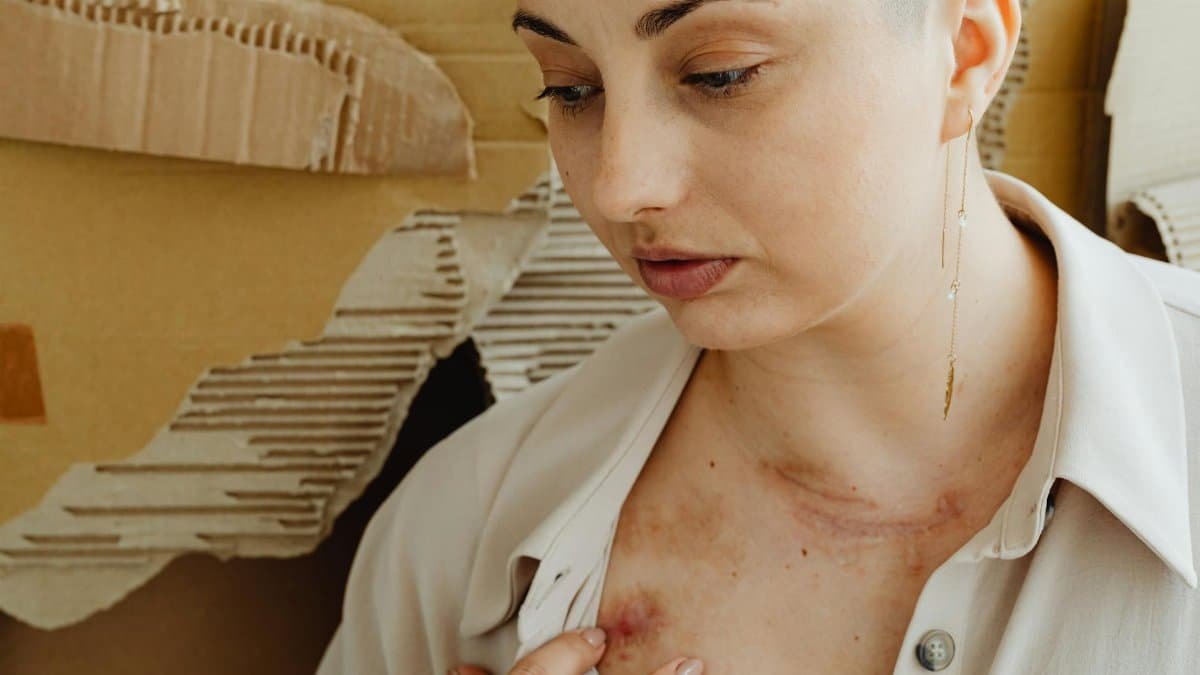Could the mess in your home be holding you back from emotional peace? For many Americans, the chaos of cluttered spaces mirrors inner turmoil, a silent weight that drags on mental well-being. The idea of using decluttering to heal emotional pain isn’t just a trendy buzzword—it’s a growing realization that our surroundings shape how we process grief, stress, or unresolved trauma. Walk into any support group or scroll through heartfelt online discussions in 2025, and you’ll hear stories of people shedding not just old belongings but also lingering hurts. This isn’t about minimalism for aesthetics; it’s about reclaiming control. As physical spaces clear, so too can the mind, offering a tangible path to relief that often feels faster than traditional therapy. What makes this approach so powerful, and why are more people turning to it now?
The Hidden Link Between Clutter and Emotional Baggage
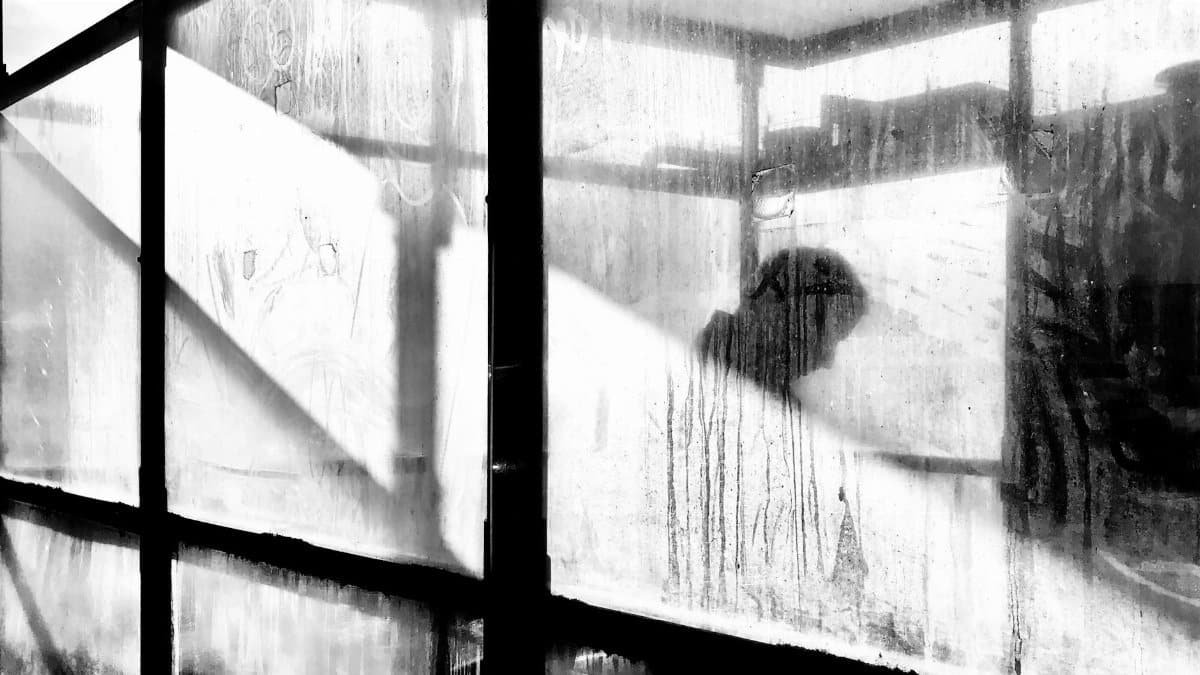
Clutter isn’t just a pile of forgotten items—it’s a physical manifestation of emotional weight. Psychologists have long noted how environments reflect inner states. A study from the American Psychological Association highlights how stress often correlates with disordered spaces, suggesting that mess can amplify anxiety or depression. When someone holds onto objects tied to painful memories—say, a box of letters from a broken relationship—they’re often holding onto the hurt itself. Letting go of these items can feel like releasing a burden, a symbolic act of closure.
Take the case of a woman in her fifties from Ohio, who, after years of hoarding mementos from a difficult marriage, finally cleared her attic. She described the process as “ripping off a Band-Aid.” Each discarded item felt like shedding a layer of regret. This isn’t uncommon. Physical clutter often serves as a stand-in for unresolved emotions, and tackling it head-on can spark a surprising sense of relief.
Why Decluttering Feels Faster Than Therapy
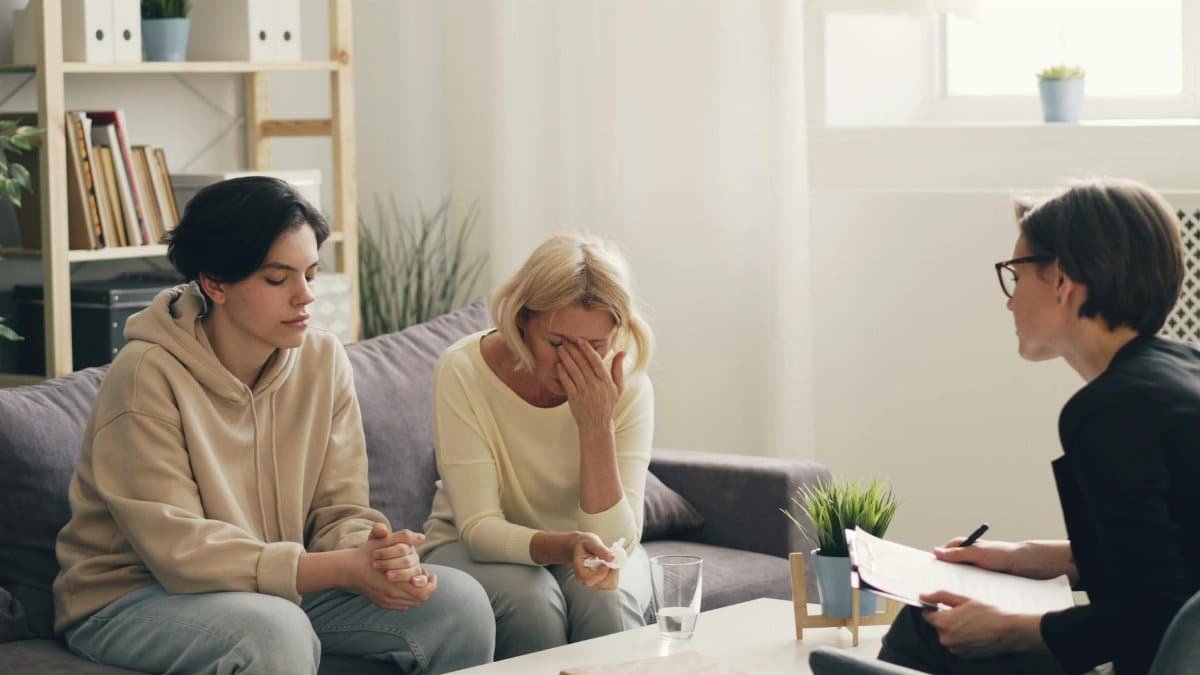
Therapy is invaluable, but it’s often a slow, introspective journey. Decluttering to heal emotional pain, by contrast, offers immediate, visible results. When you clear a drawer or donate old clothes, the change is right there in front of you—a concrete sign of progress. Research from the University of California, Los Angeles, specifically studies on stress and environment, shows that reducing clutter lowers cortisol levels, the hormone tied to stress. That physical act of tidying can create a quick feedback loop of accomplishment, something therapy might take weeks to achieve.
Beyond biology, there’s a psychological edge. Decluttering gives agency. You decide what stays and what goes, unlike the often nebulous process of unpacking emotions in a therapist’s office. For middle-aged adults juggling careers and family, this hands-on method fits into busy lives. It’s not a replacement for professional help, but a complementary tool that delivers a faster sense of control.
The Science of Space and Emotional Release
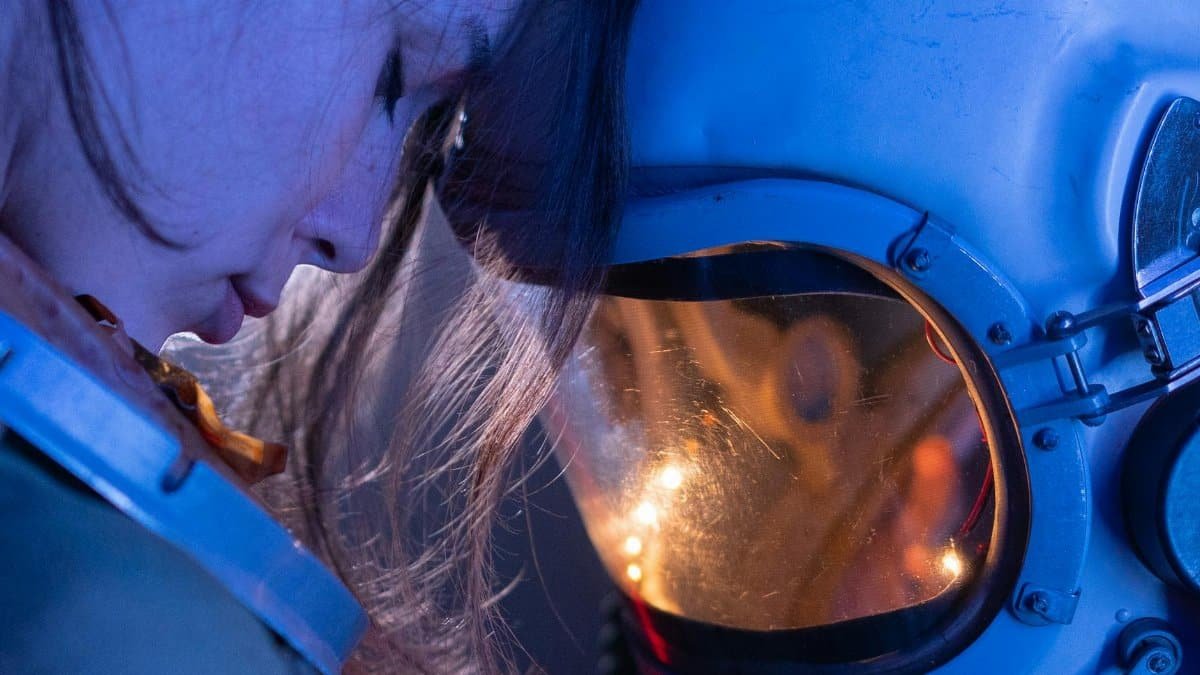
There’s hard evidence behind why decluttering can heal emotional pain. Neuroscientists have found that visual clutter overstimulates the brain, triggering anxiety and decision fatigue. A 2011 study published in the Journal of Neuroscience showed that clearing physical spaces reduces cognitive overload, allowing mental room for processing emotions. When your desk or home isn’t a chaotic maze, your mind isn’t constantly distracted by visual noise. This creates bandwidth for reflection or healing.
Think of it like clearing a clogged drain. Once the debris is gone, emotions can flow more freely. This isn’t just theory—people report feeling lighter after decluttering sessions. The act of organizing can mimic mindfulness, grounding individuals in the present. It’s no wonder that in 2025, mental health advocates are increasingly pointing to environmental order as a gateway to emotional clarity.
Starting Small: The Power of One Drawer

For those overwhelmed by the idea of a full-home purge, the key is to start small. Tackle one drawer or shelf. The goal isn’t perfection but progress. Marie Kondo, the decluttering guru, often advises focusing on what “sparks joy,” but when using decluttering to heal emotional pain, it’s more about identifying what weighs you down. An old gift from a toxic friend? A stack of bills tied to a stressful time? Let them go.
This micro-approach works because it builds momentum. A man in his forties from Texas shared how sorting just his bedside table—filled with reminders of a lost job—shifted his outlook. “I didn’t expect to feel so unburdened,” he admitted. That single act snowballed into clearing entire rooms over months, each step easing a bit more of his lingering frustration. Small wins remind us that healing doesn’t require grand gestures.
Confronting the Emotional Triggers in Your Stuff
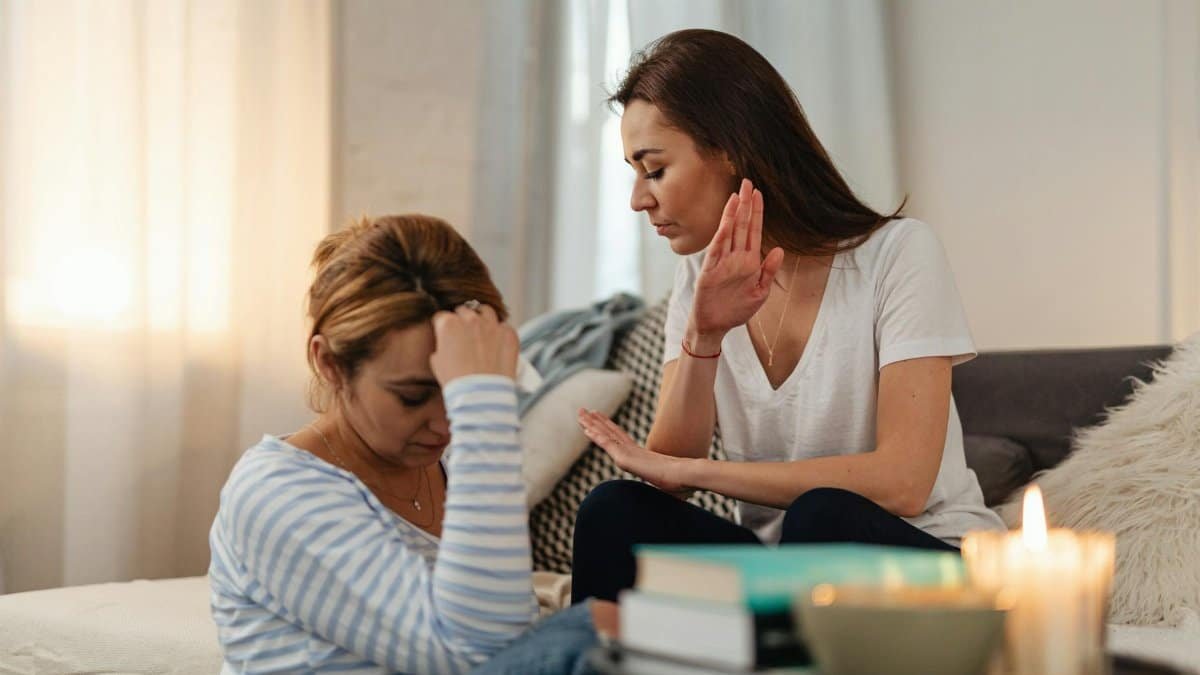
Decluttering isn’t always easy. Objects can be emotional landmines. A worn-out sweater might evoke a late parent’s memory, or a childhood toy could unearth feelings of insecurity. Facing these triggers head-on is part of how decluttering heals emotional pain. It forces a reckoning—do you keep the item and the pain it carries, or release both?
Therapists often suggest journaling alongside decluttering to process these emotions. Write down why an object hurts, then decide its fate. This dual approach pairs the physical with the mental, ensuring the act isn’t just surface-level. Online discussions in 2025 frequently mention this struggle, with one person anonymously sharing how tossing out old school papers felt like shedding years of self-doubt. It’s messy, emotional work, but often cathartic.
Cultural Shifts: Why Decluttering Resonates Now
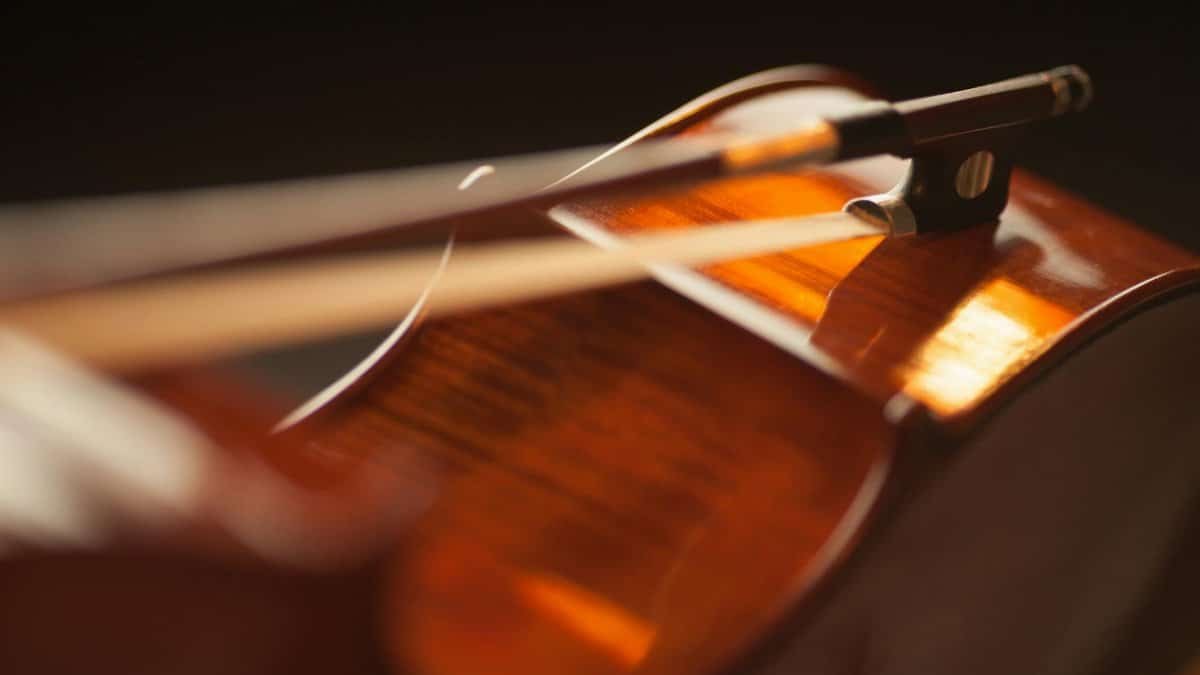
In 2025, Americans are more stretched than ever—financially, emotionally, and time-wise. The rise of remote work and digital overload means homes are no longer just sanctuaries; they’re offices, schools, and battlegrounds for stress. Against this backdrop, decluttering as a way to heal emotional pain has gained traction. It’s affordable compared to therapy and accessible to anyone with a trash bag and an hour to spare.
Social media amplifies this trend, with hashtags and challenges urging people to simplify. But it’s not just hype. A report from Pew Research Center notes a growing interest in mental health tools that don’t require professional intervention, especially among middle-aged adults seeking practical solutions. Decluttering fits this need perfectly, offering a hands-on way to reclaim emotional space in a chaotic world.
Navigating the Guilt of Letting Go
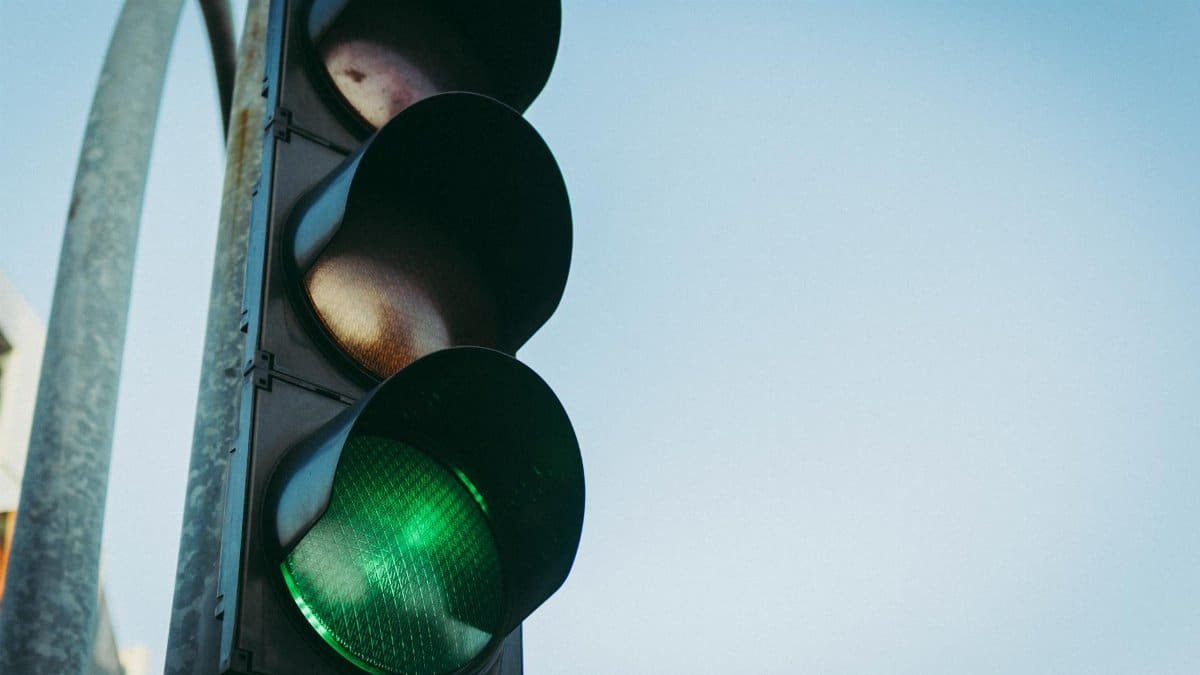
One hurdle in decluttering is guilt. Many feel they’re betraying memories or loved ones by discarding items. A middle-aged woman from Florida hesitated to donate her late mother’s china, worried it meant forgetting her. But guilt can be reframed. Letting go doesn’t erase the past—it honors your need to move forward. Experts suggest taking photos of sentimental items before parting with them, preserving the memory without the physical weight.
This balance is crucial. Decluttering to heal emotional pain isn’t about erasing history but curating what supports your growth. It’s a personal journey, not a race to emptiness. As you sift through belongings, ask: Does this serve my peace today? If not, it might be time to say goodbye, guilt-free.
Building a Sustainable Habit for Lasting Healing

Decluttering isn’t a one-time fix. To sustain its emotional benefits, it must become a habit. Set regular times—monthly or seasonally—to reassess your space. This prevents clutter from creeping back and keeps emotional baggage in check. Some find pairing decluttering with self-care rituals, like a calming playlist or a cup of tea, makes the process less daunting.
More than that, it’s about mindset. Shift from accumulating to curating. Before buying something new, consider its emotional footprint. Will it add joy or stress down the line? Over time, this intentionality builds resilience. Healing through decluttering isn’t just about clearing space—it’s about creating room for a lighter, more deliberate life. For many in 2025, that’s the ultimate form of emotional freedom.
